A NaNo-Tech Cure for Writer’s Block
How much more writing, editing, and revision did you wind up doing to it afterwards before sending it out to publishers?
BODEEN: There was a lot of revision before sending it to my agent, and then there was MAJOR work before he sent it out to editors. We did get one rejection, I revised some more, and then it was acquired in early July of 2006. There was plenty of editorial revision before it was actually finished.
HAYNES: Bear in mind my Hal Spacejock novels are almost 100,000 words in length, so a ‘winning’ NanoWrimo effort still needs a year or more of extra writing, rewriting and editing to turn it into a full novel
KAUFMAN: I wrote 50,000 words in November, another 50,000 or so in December and then the manuscript sat on my computer for a few months… I spent another few months tinkering with it, and then let it sit, unread by anyone but my husband, for another six months or so. Around 2007, I started seriously rewriting and editing. In about Mayish, I sent it to a friend in New York who was kind enough to tear it apart for me. After that rewrite, I actually started the process of knitpicking and copyediting. It still needs a lot of copy editing, I think most writers would happily spend the rest of their lives tinkering with their projects, but at some point you have to be content to release it out into the world for better or worse. So…all in all…2 months to write, 2 years to edit.
STRICKLAND: When I finished NaNoWriMo, I had a 50,000 word draft with a lot of good ideas, and a lot of deficiencies. I spent the entire summer of 2005 revising it, adding characters, sharpening scenes, adding whole sequences of events, making scenes echo each other, and extending one particular motif (look for it in Italics) through the novel because it worked so darn well at the end, but was terribly jarring when it first popped up. The character of Shroud’s internalized mother came into the story then, and she swiftly became a very important part of the thing.
WILSON: The novel was finished in November and sold in January. I revised it once prior to submitting it, and then several times as the publisher copy-edited and made suggestions. That book came out very clean on the first run through, so it wasn’t heavy lifting to do the edits.
How many years have you participated in NaNoWriMo?
BODEEN: I have participated in NaNo every year since then, but with varying degrees of success and failure.
HAYNES: I’ve participated in Nano four times, from 2005-2008.
KAUFMAN: Three – 2006, 2007, 2009… I love the opportunity to push NaNoWriMo, It’s truly the only time of year I really ever get any writing done
STRICKLAND: I’ve participated in National Novel Writing Month off and on since 2002.
WILSON: This year will be my 7th.
Did you “win” each of those years by meeting your 50,000 word goal for November?
BODEEN: The year I did The Compound I didn’t technically win, because I only had 40k+ words. In 2006 I did hit 50k with the story that ended up to be The Gardener…. Last year didn’t work because in October I sold a novel based on an outline, and I was already working on that.
HAYNES: Yes, I won each year. In 2009 I signed up even though I had no intention of competing – I was showing a bit of moral support for everyone else.
KAUFMAN: Reached 50,000 each year – although some projects were in better shape than others. The Tree Museum was probably the most put together of my November endeavors.
STRICKLAND: I skipped a couple years, but every year I’ve participated, I’ve won. Looking Glass was my second win.
WILSON: Yes. I have made the 50k goal each and every time, and I also sold my novel Vintage Soul, which was written during Nanowrimo a few years later…. The Mote in Andrea’s Eye was completed during the 2004 Nanowrimo event. Nano only requires you to write 50,000 words in 30 days. The Mote is over 80k – I wrote all of the 80k in 31 days, so – yes – I completed Nanowrimo that year.
What other published books of yours, if any, have emerged from NaNoWriMo projects?
BODEEN: The Gardener, my second novel that came out this past June…. I first got into this business with my picture books [published under the name Stephanie Stuve-Bodeen]. But while I was writing those, I was also writing novels. Well, trying I should say, because The Compound was my first to be published but was the tenth I had written. The others will remain in the dark recesses of my closet.
HAYNES: None of my other NanoWrimo efforts have resulted in completed projects yet….
KAUFMAN: None from NaNoWrimo, yet. I have one that is ready to enter the editing stage and will hopefully be ready for 2012.
STRICKLAND: Of the two books of mine in publication, only Looking Glass emerged directly from a NaNo project. Irreconcilable Differences emerged from, and cannibalized ideas from my 2005 NaNo novel. It is set in the Looking Glass world, but it’s a different story from both, with different characters. I do have another novel that I started in NaNo 2006, shortly after I finished the first draft of Irreconcilable Differences, but that novel is still under construction and likely won’t bear much resemblance to the NaNo draft when or if it comes out.
WILSON: Vintage Soul – the first in an urban fantasy series The Dechance Chronicles, sold a few years ago and was published in HC last December – as well as in limited, signed hardcover. I am marketing the second in the series, written last year, titled Heart of a Dragon.
Is NaNoWriMo’s 50,000 words/month writing pace a normal production rate for you? If so, how do you manage it? If not, what is your normal writing output when you’re not writing for NaNoWriMo, and how do you structure your time for writing so you can accomplish it?
BODEEN: I think the NaNo pace is perfect for a fast draft. I’ve discovered I’m a writer who works best by getting that beginning to end down on paper, then going back and rewriting. So the quicker I can get that “completed” story down, the quicker I can get to fixing it. My family is gone for the majority of the day, so I have no excuse for not sitting down and just pounding it out.
HAYNES: I’m a pretty lazy writer most of the time, which is why I enjoy NanoWrimo. For one month I can prioritise and it’s amazing how much more I can achieve. When writing a novel I aim for 2000 words a day, which is what I do during NanoWrimo, so it works out well. I work from home so I have to steal time from my software business to find time to write. Creating software pays a lot better than writing novels, as you can imagine, so longer-term I really struggle to allocate time to my novels.
KAUFMAN: I think the pace required for NaNoWriMo is hectic to say the least, but also necessary. In reality, 50,000 words isn’t a complete novel – if you hit the 50,000 mark you have at best a very short novel. Personally I work best when I am pressured to sit down and just write, sometimes write without thinking about it too much, but just write and get it all out. If you torture yourself too much trying to get it right on the first draft you’ll never finish writing anything. I’ve read accounts of authors like F. Scott Fitzgerald who would spend years working on a first draft, making sure each and every word was right. While that might work for some, I think the rest of us have to just spat it all out, for good and bad, and sort through the mess later. In terms of structuring time, I try to write at least 1,700 words every day. I try to carve out an hour minimum where I won’t be interrupted by anything. Sometimes this means that I get up at 5am and write before anyone else wakes up. Sometimes it means that I stay up until midnight after everyone has gone to bed. Everyone has an hour they can spare, even if it means making your life a little inconvenient for a month. Outside of November, I’m not quite so strict. I try to write for a block of time everyday but when I’m not under pressure to complete a project I tend to slack off a lot more.
STRICKLAND: I only wish NaNo’s 50,000 words a month writing pace was normal for me. To do NaNo, I try to do 2500 words a day, Monday through Friday. That way I can take weekends off, or use them to catch up if I’m behind (which is usually the case.) That schedule also leaves me a bit of a safety margin. By contrast, on the novella I just finished, I was averaging about 1500 words a day, but that’s after a long dry spell, and I was taking it easy and not pushing too hard.
WILSON: Most working authors claim around 1500-2000 words a day output…so that makes the nano goal very doable. I can usually hit the 2000-2500 words a day limit pretty easily, and you only need to average 1,667 to make the goal.

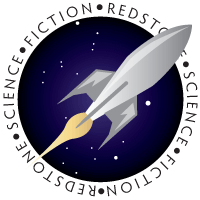
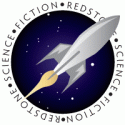



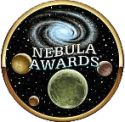
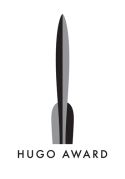
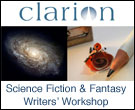



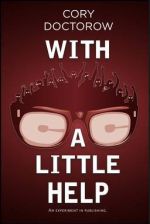
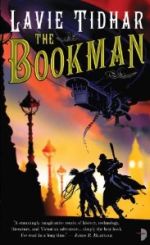
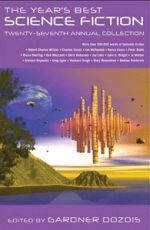
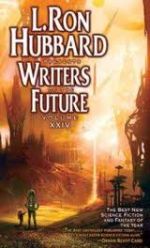
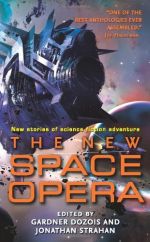
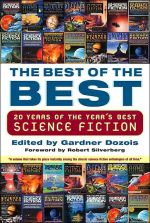
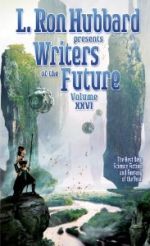
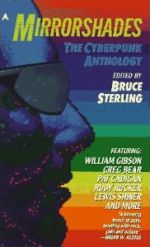
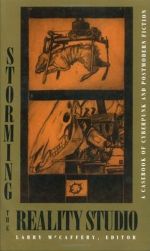

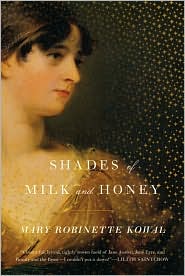

4 comments
[…] & Interviews Interviews with Five Published NaNoWriMo Authors by Henry […]
[…] This post was mentioned on Twitter by Samantha Davis, Dorkopotamus. Dorkopotamus said: A NaNo-Tech Cure for Writer's Block:Interviews with successful … http://tinyurl.com/28emrm6 […]
A NaNo-Tech Cure for Writer's Block:Interviews with successful ……
Here at World Spinner we are debating the same thing……
[…] RSF#3), and James R. Strickland’s more recent “post-cyberpunk” Looking Glass last month (see RSF#6), I got the itch to revisit some of the classic cyberpunk writers from the Eighties. I found two […]